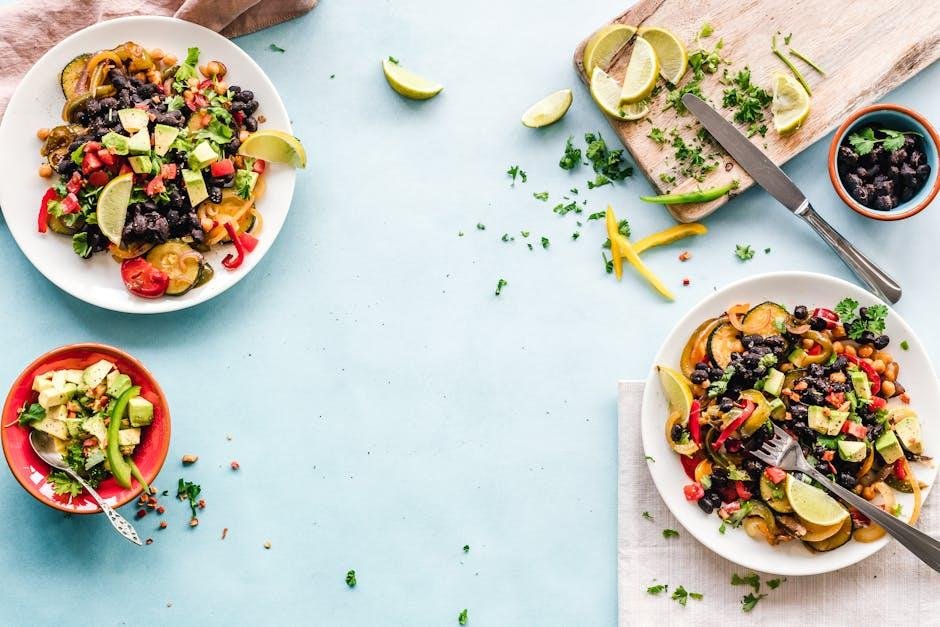the beginner’s Guide to Keto Cooking: A culinary Adventure Begins
Embarking on a culinary journey can be both exhilarating and daunting, particularly when navigating the world of dietary choices. Among the myriad of options, the ketogenic diet has gained considerable attention for its potential health benefits and distinctive approach to food. Keto cooking, with its emphasis on high-fat, low-carb meals, invites both novices and seasoned chefs alike to explore creative horizons in the kitchen. In this guide, we’ll demystify the principles of keto cooking, offering practical tips, essential ingredients, and inspiration to help you embrace this flavorful lifestyle without feeling overwhelmed. Whether you’re looking to shed a few pounds, boost your energy levels, or simply add some exciting new recipes to your repertoire, this beginner’s guide is your trusty companion as you navigate the flavorful landscape of keto cooking.let’s get started on this flavorful adventure!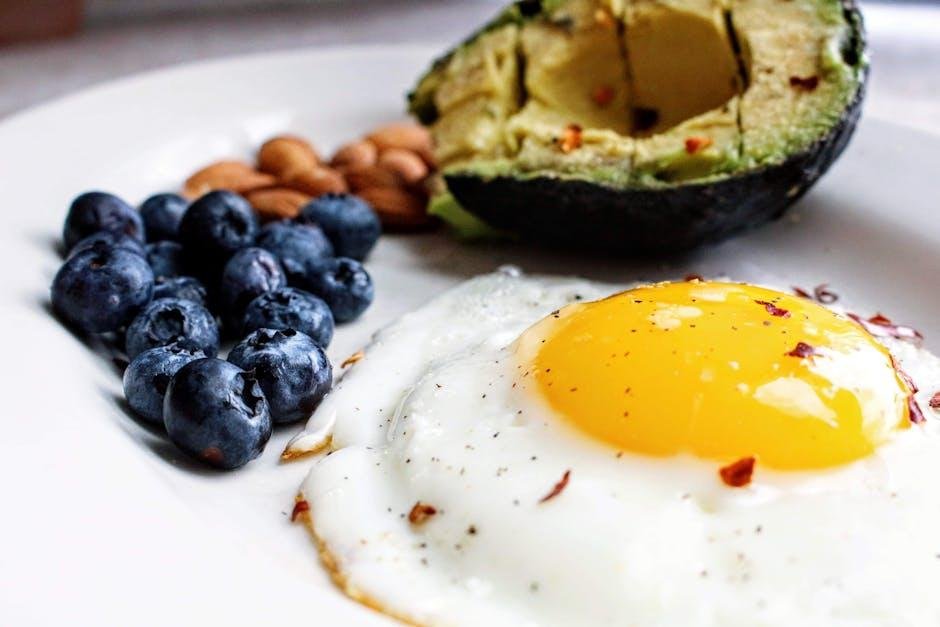
Exploring the Essential Ingredients for Keto Cooking
cooking on a ketogenic diet relies heavily on a selection of versatile ingredients that embrace low-carb, high-fat principles. The core of your meals will often include healthy fats, such as avocados, coconut oil, and grass-fed butter. These fats not only enhance flavour but also provide the necessary energy that keeps you satiated. Another essential component is protein sources, including grass-fed meats, fatty fish, and eggs, which support muscle maintenance while minimizing carbohydrates. In addition to these,low-carb vegetables like leafy greens,broccoli,and cauliflower should be staples in your kitchen,packed with fiber yet low in calories.
Along with the primary food groups, having the right keto-kind pantry essentials can elevate your cooking experience. Items such as almond flour, coconut flour, and sugar substitutes like erythritol or stevia are excellent for whipping up desserts and baked goods without the guilt. Don’t forget about herbs and spices, which can transform simple dishes into flavor-packed meals without adding carbs.To help you visualize your pantry stocking, here’s a simple table highlighting these must-have ingredients:
| Ingredient Category | Examples |
|---|---|
| Healthy Fats | Avocado, Olive Oil, Butter |
| Proteins | Chicken, Salmon, Eggs |
| Low-Carb Vegetables | Spinach, Zucchini, Bell Peppers |
| Pantry Staples | Almond Flour, coconut Flour, Erythritol |
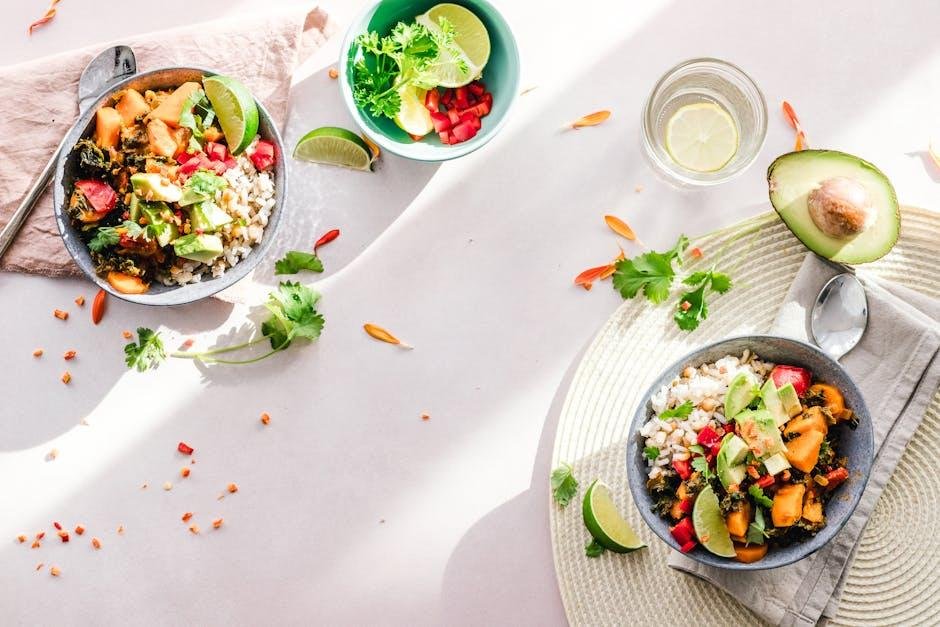
Mastering Key Techniques to create Delicious Keto Meals
When diving into the world of ketogenic cooking, mastering the right techniques can elevate your meals and make the journey more enjoyable. To start, focus on understanding how to utilize healthy fats as your primary energy source. Avocado oil, coconut oil, and grass-fed butter should be staples in your kitchen. Not only do these fats enhance flavors, but they also ensure you stay within your carb limits. Experimenting with various cooking methods will also make a difference—try sautéing, grilling, and roasting to bring out the natural flavors of your ingredients.
along with techniques, ingredient selection plays a crucial role in crafting keto-friendly dishes. Stock your pantry with a few essential items to simplify meal prep:
| Ingredient | benefits |
|---|---|
| Almond Flour | Low in carbs, great for baking |
| Zucchini | A versatile vegetable for pasta substitutes |
| Cauliflower | Perfect for mash and rice alternatives |
| Cheese | Adds flavor and richness, low in carbs |
Incorporating these ingredients allows for a variety of satisfying meals, from creamy soups to hearty casseroles. pair your meals with fresh herbs and spices to enhance taste without adding extra carbs. Remember,creativity in the kitchen can turn simple ingredients into a keto feast that is both nutritious and delicious!
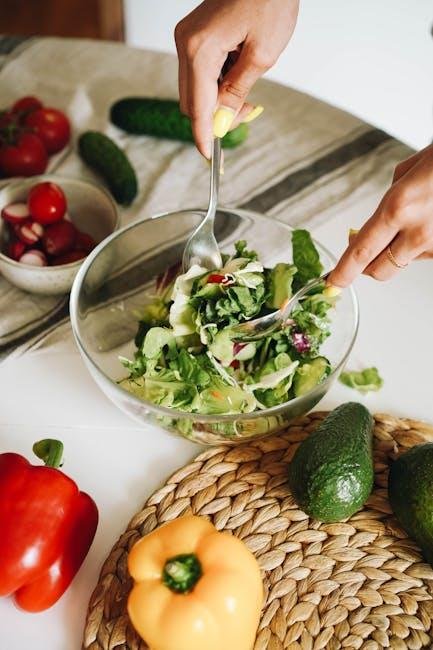
Crafting Balanced Keto Menus for Every Occasion
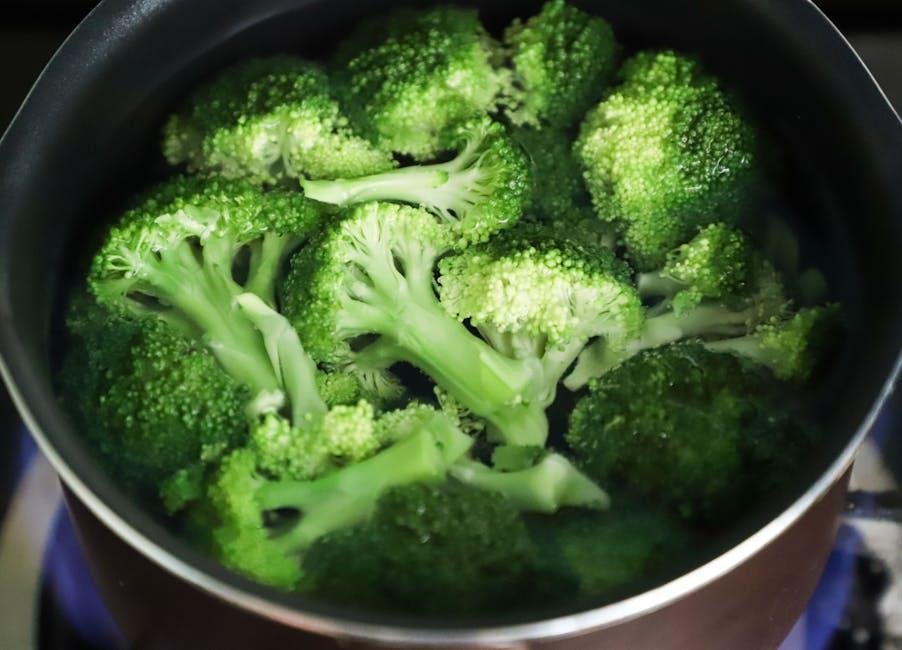
Tips for Adapting Favorite Recipes to Fit a Keto Lifestyle
Transitioning your beloved meals into the keto realm doesn’t have to compromise flavor or enjoyment. start by identifying the primary carbohydrate sources in your recipes that need swapping out. For instance, substitute conventional pasta or rice with spiralized vegetables, cauliflower rice, or even roasted zucchini. When it comes to baking, replacing all-purpose flour with almond flour or coconut flour can preserve texture while dramatically reducing carbs. You can also use sugar alternatives like erythritol, stevia, or monk fruit to keep sweetness intact without the sugar spikes.
To help visualize these substitutions, here’s a simple comparison table for common ingredients:
| Ingredient | Keto-Friendly Substitute |
|---|---|
| Pasta | Zucchini Noodles or Shirataki Noodles |
| Rice | Cauliflower Rice |
| Granulated sugar | Erythritol or Stevia |
| Wheat Flour | Almond Flour or coconut Flour |
Lastly, don’t shy away from adding more fats to enhance flavors while keeping you satiated. Avocado, olive oil, and creamy cheeses can elevate your dishes, offering richness that complements the keto diet. Experimenting with spices and herbs can also breathe new life into familiar dishes, making them feel fresh and exciting. With a little creativity and the right substitutions, your favorite meals can easily become keto-friendly delights.
To Wrap It Up
Conclusion: Embracing Your Keto Culinary Journey
As you wrap up this beginner’s guide to keto cooking, remember that every great adventure starts with a single step—or in this case, a single recipe. The kitchen is your canvas, and with the principles of the ketogenic diet as your palette, you can create meals that are not only delicious but also nourishing and aligned with your health goals.
Embrace the chance to experiment and refine your skills, knowing that each dish you prepare brings you closer to mastering the art of keto. Whether you’re whipping up a decadent cheese casserole or a fresh,vibrant salad,let your creativity flourish. Don’t shy away from the occasional misstep; every successful cook has encountered a few less-than-perfect meals along the way.
As you venture into this flavorful world, remember to savor the journey. Explore new ingredients, try out different cooking techniques, and most importantly, enjoy the change your body will undergo. With each keto-friendly meal, you’re not just cooking; you’re investing in your health and well-being.
So, gather your ingredients, roll up your sleeves, and dive into the exciting world of keto cooking. Your journey has just begun, and with a little practice and passion, you’ll be well on your way to becoming a confident keto chef in no time. Happy cooking!


